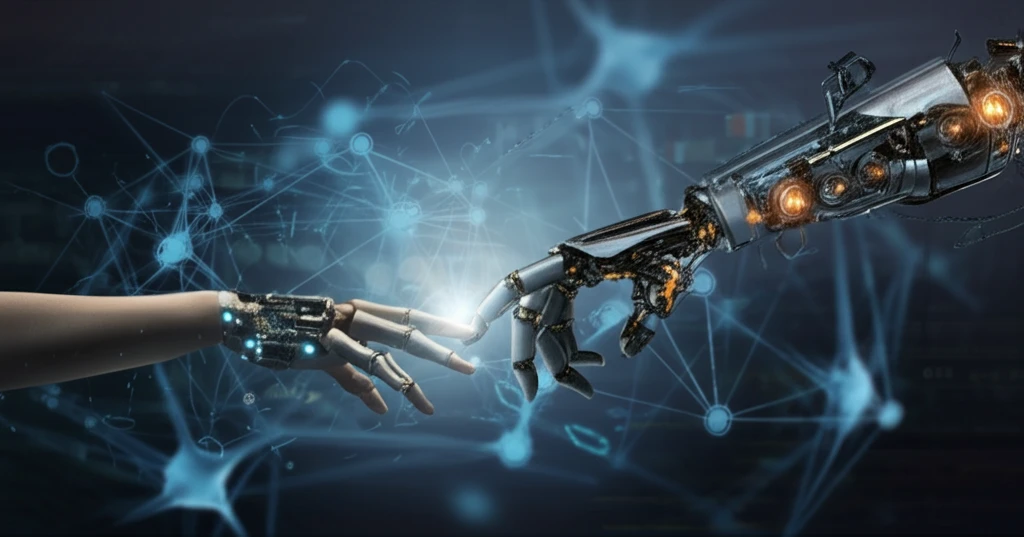
Reboot Your Recovery: How Robot-Assisted Therapy Is Revolutionizing Stroke Rehab
"Unlock upper limb motor recovery with cutting-edge robotic rehabilitation techniques, offering new hope for subacute stroke patients."
Stroke, affecting millions worldwide, often leaves survivors with debilitating motor deficits. Traditional rehabilitation therapies, while beneficial, can be limited in their ability to provide the repetitive, targeted exercises needed to stimulate neural plasticity and motor relearning. But what if there was a way to amplify the effectiveness of rehabilitation, helping patients regain lost function more efficiently?
Enter robot-assisted therapy (RMT), a groundbreaking approach that's changing the landscape of stroke recovery. RMT leverages advanced robotics to deliver precise, repetitive exercises, tailored to individual patient needs. This innovative method offers new hope for those seeking to regain upper limb motor function after a stroke.
This article delves into the translational effects of robot-mediated therapy in subacute stroke patients. We'll explore how RMT, particularly when combined with conventional rehabilitation, can lead to significant improvements in motor recovery. Discover how kinematic assessments provide objective, data-driven insights into patient progress, paving the way for more effective and personalized rehabilitation strategies.
How Robot-Assisted Therapy Enhances Motor Recovery After Stroke

Robot-mediated therapies are designed to capitalize on the brain's remarkable ability to reorganize itself after injury. By providing repetitive and precisely controlled movements, RMT helps to stimulate neural plasticity, the process by which the brain forms new connections and pathways. This is crucial for relearning motor skills and regaining functional abilities. Researchers, like Palermo et al. (2018), have shown that RMT can lead to significant improvements in motor recovery for post-stroke patients.
- Repetitive and Consistent Exercise: Robots can deliver consistent, high-intensity training over extended periods, something that is difficult to achieve with manual therapy alone.
- Personalized and Adaptive Training: RMT systems can be tailored to each patient's specific needs and abilities, adjusting the level of assistance and challenge as they progress.
- Objective Performance Measurement: Robots can collect detailed data on movement kinematics, providing objective measures of patient progress and allowing therapists to fine-tune treatment strategies.
The Future of Stroke Rehabilitation: Personalized and Data-Driven
Robot-assisted therapy holds immense promise for transforming stroke rehabilitation. By combining the power of robotics with the principles of neural plasticity, RMT offers a pathway to more effective and personalized treatment strategies. As technology advances and our understanding of the brain deepens, we can expect even greater breakthroughs in the field of stroke recovery, empowering patients to regain lost function and improve their quality of life.
